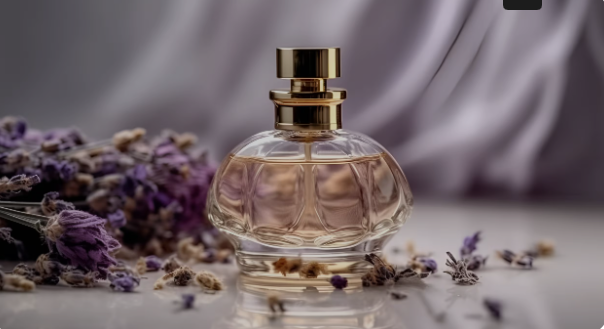Creating your own perfume can be a simple and enjoyable process, and it allows you to craft a unique fragrance that truly reflects your style. Here’s a basic guide to help you get started with making perfume at home.
Ingredients You’ll Need
- Essential Oils: These provide the main fragrance. Common choices include lavender, jasmine, sandalwood, and citrus oils.
- Alcohol or Vodka: Acts as the perfume’s base, especially for sprays.
- Distilled Water: Used to dilute the perfume if needed.
- Fixatives (e.g., Jojoba Oil, Glycerin): These make the scent last longer on your skin.
- Beeswax (for cream perfumes): Used in solid perfume recipes.
- Dark Glass Bottles: Ideal for storage to keep the fragrance fresh.
Before we decide to create our own perfumes, it is worth knowing which fragrance groups each essential oil belongs to:
earthy smells – e.g. patchouli and vetiver,
floral scents – like geraniums, jasmine, neroli, rose, violet, ylang-ylang,
fruit fragrances – bergamot, lemon, grapefruit, lime, mandarin,Bitter orange, lemongrass,
herbal fragrances – e.g. basil, artemisia, lavender, mint, rosemary, sage,
sea scents – sea salt,
spicy aromas – like cinnamon, black pepper, nutmeg, clove, ginger, juniper, cardamom, coriander,
woody fragrances – cedar, cypress, sandalwood or pine.
Steps to Make Your Perfume
- Choose Your Notes: Perfumes typically have three notes:
- Top Notes: Initial scents that evaporate quickly (e.g., citrus, lavender).
- Middle (Heart) Notes: These last longer and are often floral or herbal.
- Base Notes: The longest-lasting and provide depth (e.g., sandalwood, vanilla).
- Create the Blend: Start by adding your base notes, followed by middle and top notes in small amounts. Experiment to find the right balance.
- For Alcohol-Based Perfumes: Add your essential oils to the alcohol base. Shake gently, then let the mixture sit in a dark place for 18 hours to six weeks, allowing the scents to blend. For lighter perfumes, add distilled water before filtering through a coffee filter.
- For Cream-Based Perfumes: Melt beeswax and add jojoba oil. Allow the mixture to cool before adding essential oils, then pour into a container to solidify.
- Store and Test: Keep your perfume in a dark, dry place. Test the scent periodically and adjust by adding oils or diluting with water.
Dissolving in a little pot
spray beeswax (preferably in a water bath) and add jojoba oil to it.
Pour the mixture into a closed container and cool the wax so that it does not weigh after adding essential oils. It is necessary at this stage to carefully observe the wax, which hardens very quickly.
Add essential oils to the wax in the following order:
the base notes first, the most enduring,
middle notes,
high notes, opening.
We mix everything and wait for the mass to solidify, which can be used at any time when we feel the need.
Another way, quite laborious and long-lasting, but completely natural, is to create your own perfume from the petals of your favorite flowers, such as lilies, lilies of the valley, lilacs, jasmine or roses. For this purpose, odorless fat (e.g. lard, beef tallow or coconut oil) is melted in a pot and poured into a flat vessel, creating a layer of several millimeters. After it solidifies, cut the fat layer with a knife, thanks to which the scent of flowers will penetrate deeper into it. Put a thin layer of flowers on the fat and set aside in a dark and cool place. After the flowers are withered, throw them away and replace them with fresh ones, at least four times, resulting in a fragrant pomade, which you scrape into a closed container.
The actions for creating alcohol-based perfumes will look slightly different. In this case, first add a fixative to the glass bottle: jojoba oil, sweet nut or almond oil. We combine it with essential oils, in the same order as in the case of cream perfumes (base notes – middle notes – high notes) and optionally top the whole composition with connecting notes. Finally, refill the container with alcohol and shake it for a few minutes. After mixing, the container should be stored in a dark, dry place for 18 hours to 6 weeks. If the smell turns out to be too intense, you can dilute it with a little distilled or spring water and shake the container thoroughly again. Finally, we have to pour the perfume into the atomizer through the coffee filter, which will allow you to get rid of any undesirable particles formed in the process of combining individual fragrance ingredients.
Why Make Your Own Perfume?
Homemade perfumes are highly customizable, often more affordable, and free from synthetic ingredients. They’re perfect for creating a unique, personal fragrance that lasts.
